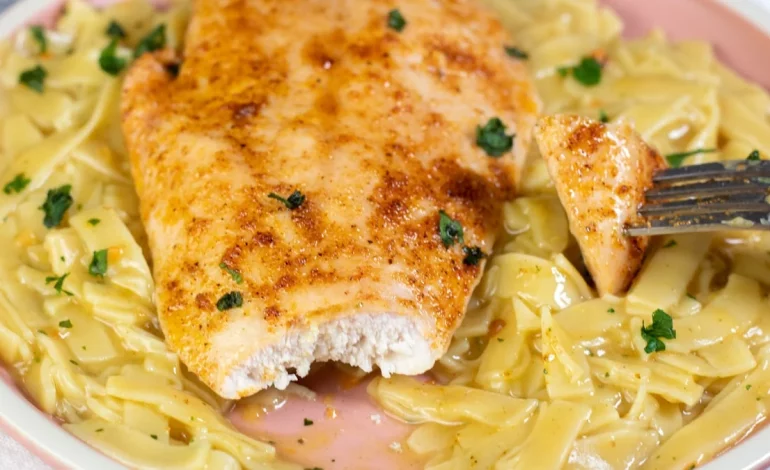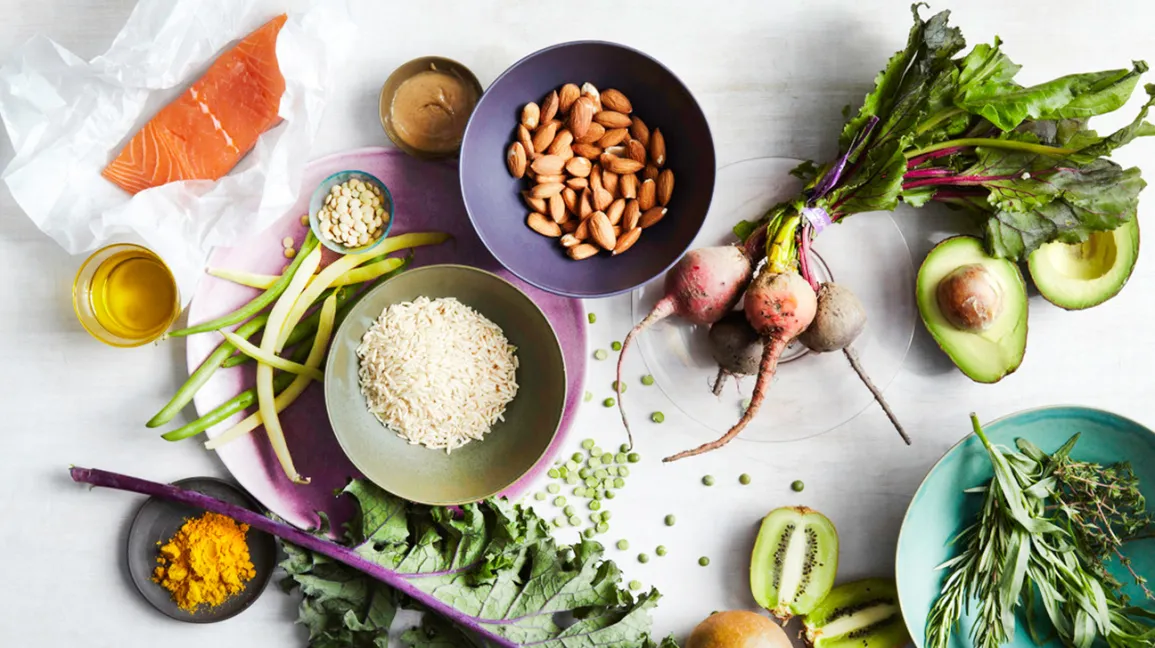How many calories in 8 oz chicken breast?

Chicken breast is a popular protein choice for people trying to lose weight or build muscle. To keep the calories low, cook chicken breast with dry seasonings and avoid adding sauces or marinades that are high in sugar and fat.
8 oz of cooked skinless chicken breast has 52g protein, 3g fat, 0g carbs and 284 calories. However, the amount of protein in cooked meat can vary, so it’s important to know how much food you’re measuring when tracking macros.
Protein
Chicken breasts are a popular source of protein for people looking to build muscle. They are low in calories and fat, and contain vitamins and minerals such as iron, magnesium, and zinc.
There are many ways to cook chicken breasts, including baking, frying, and pan-searing. They are also a great option for meal prep because they can be stored in the refrigerator for several days.
The protein content of 8 oz chicken breast varies depending on the type of meat and whether it is cooked or uncooked. Raw chicken breasts have more protein than cooked ones. However, cooked chicken has less protein because it is denatured by high temperatures.
A boneless skinless chicken breast contains 67g of protein, 18g of fat, and 0g of carbohydrates. A cooked, boneless skinless chicken breast with skin contains 442 calories. This amount of protein is enough for most people to achieve their daily protein goal. However, it is important to consider your individual calorie needs and weight loss goals.
Fat
Chicken breast is low in fat and provides a good source of protein. It is a staple in many people’s diets. However, too much chicken may lead to key nutrient deficiencies. The ideal amount of chicken will depend on a person’s nutritional goals and other foods eaten in the same meal.
The calorie content of an 8 oz chicken breast varies depending on whether it contains skin. Without skin, an 8 oz chicken breast will contain between 260 and 375 calories. Including the skin will increase this number by around 70 calories, all from fat.
People should cook chicken to a minimum internal temperature of 165 degrees Fahrenheit. This will help ensure that the meat is safe to eat and reduce the risk of foodborne illness. It is also recommended that people use a meat thermometer to verify that the chicken is cooked properly. This is especially important for people who are following a specific health-related diet.
Carbohydrates
Chicken breast is a high-protein, low-fat source of lean meat. It is an essential part of many diets. People on weight loss diets eat it to reduce calories while bodybuilders and other athletes use it as an opportunity to add more protein to their daily intake.
However, it is important to note that the carbohydrate content of 8 oz chicken breast may vary depending on the way it is prepared. Adding sauces, spices, and other seasonings may increase the number of carbohydrates in the dish. In addition, cooking methods like frying can add extra calories and fat to the food.
Typically, a serving of 8 oz chicken breast contains between 50 and 70 grams of protein. This is enough to meet most dietary recommendations for protein. It is also a great source of essential amino acids. This is especially true if the chicken is cooked without the skin and using low-calorie cooking methods. This includes baking and grilling.
Sodium
The sodium content of 8 oz chicken breast varies depending on the cooking method. A person can bake the chicken in the oven or pan-sear it with a small amount of oil. The sodium content of the chicken can increase or decrease depending on the cooking method and seasonings used. People who are following a low-sodium diet should weigh the chicken before using it in meals to ensure that they are getting the appropriate amount of protein and calories.
Chicken is a healthy source of protein, fat, and vitamins and minerals. However, it is important to eat the chicken in moderation to avoid excess weight gain and maintain a balanced diet.
It is also important to cook the chicken to a minimum internal temperature of 165 degrees Fahrenheit to prevent salmonella poisoning. A meat thermometer can help people achieve this goal by accurately measuring the internal temperature of the chicken. It is also recommended to drain off any excess oil after cooking chicken.






